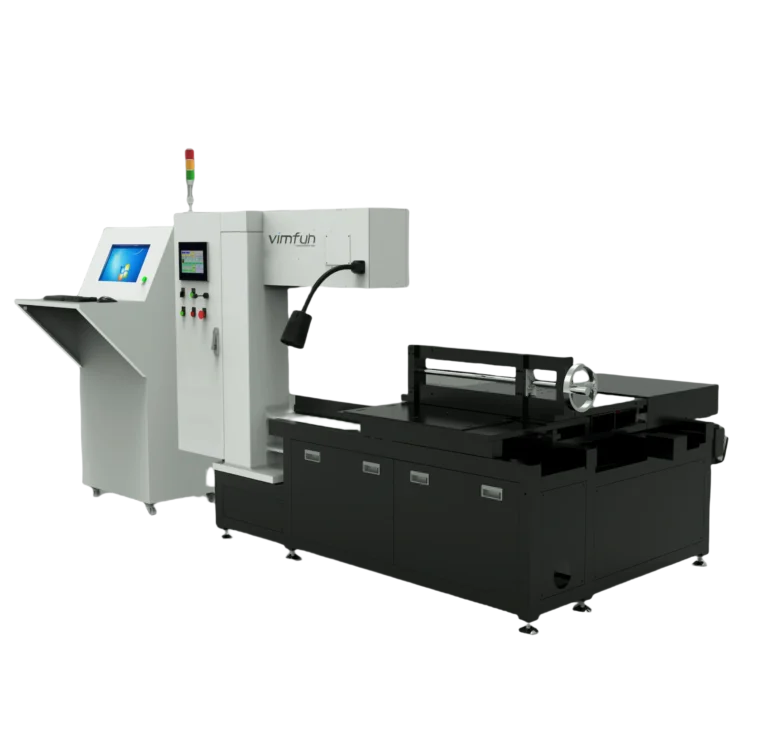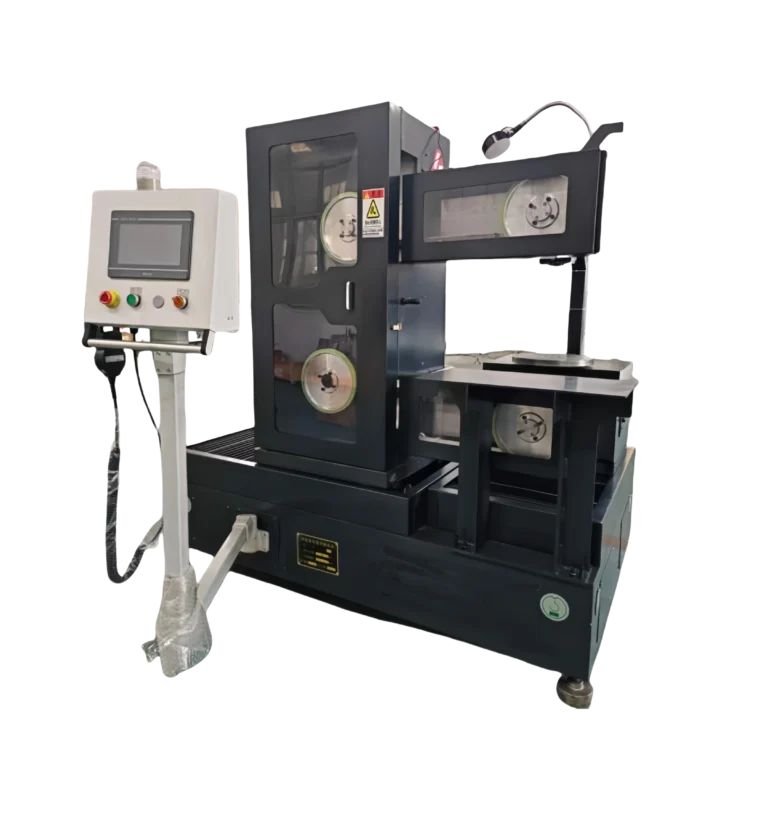Giới thiệu
Carbon fiber composites are increasingly used in aerospace, automotive, and defense industries due to their exceptional strength-to-weight ratio and resistance to fatigue and corrosion. However, their unique layered structure and abrasive fibers make them difficult to cut cleanly and precisely using conventional methods. To address these challenges, cắt dây kim cương has emerged as a high-precision solution for processing carbon fiber composite materials. This article explores the advantages of this technology and compares it to traditional cutting techniques.

Why Traditional Cutting Struggles with Carbon Fiber Composites
Conventional methods like mechanical sawing, CNC routing, and abrasive waterjet cutting often lead to undesirable issues such as delamination, fiber pull-out, excessive kerf width, and thermal damage. These problems not only affect component quality but also increase post-processing time and material waste. Carbon fiber’s hardness and anisotropic structure demand a cutting approach that minimizes mechanical stress while maximizing precision.
Advantages of Diamond Wire Cutting Technology
Diamond wire cutting uses a continuous loop of wire embedded with diamond abrasives to slice through materials with minimal physical contact and heat. Here are the primary benefits for carbon fiber composite machining:
- Low Cutting Force: The abrasive nature of the diamond wire minimizes mechanical stress on the composite, reducing the risk of delamination or fiber cracking.
- Narrow Kerf Width: With wire diameters as fine as 0.35 mm, the cutting kerf can be controlled to approximately 0.4 mm, significantly reducing material loss.
- Clean Surface Finish: Diamond wire produces smooth, uniform surfaces that often eliminate the need for secondary finishing.
- Độ chính xác cao: Enables intricate shapes and thin sections, which are difficult to achieve using traditional methods.
- Low Heat Generation: Reduces the risk of thermal distortion or resin degradation.
Performance Comparison with Traditional Methods
To understand the value cắt dây kim cương brings, it is helpful to compare it with traditional techniques:
| Cutting Method | Cutting Kerf Width | Surface Damage | Delamination Risk | Chất thải vật liệu | Post-processing |
|---|---|---|---|---|---|
| Mechanical Sawing | ≥ 0.8 mm | Moderate | Cao | Cao | Often required |
| Abrasive Waterjet | ~0.5 mm | Thấp | Trung bình | Trung bình | Sometimes |
| Cắt dây kim cương | ~0.4 mm | Minimal | Thấp | Thấp | Rarely needed |
As shown, diamond wire cutting offers clear advantages in terms of kerf control, surface quality, and material preservation.
Ứng dụng công nghiệp
Diamond wire cutting is particularly well-suited for:
- Aerospace components requiring lightweight precision.
- Automotive parts such as structural panels and reinforcement elements.
- Medical equipment involving custom-shaped carbon composite elements.
- Sports and consumer goods, including bicycles and carbon-based accessories.
Its scalability and consistent performance make it a reliable choice for both R&D and mass production environments.
Phần kết luận
For manufacturers working with carbon fiber composites, diamond wire cutting presents a transformative approach to achieving cleaner, more precise, and more efficient results. Unlike traditional methods that often compromise material integrity and increase production costs, diamond wire cutting enables manufacturers to meet high-performance standards with minimal waste.






